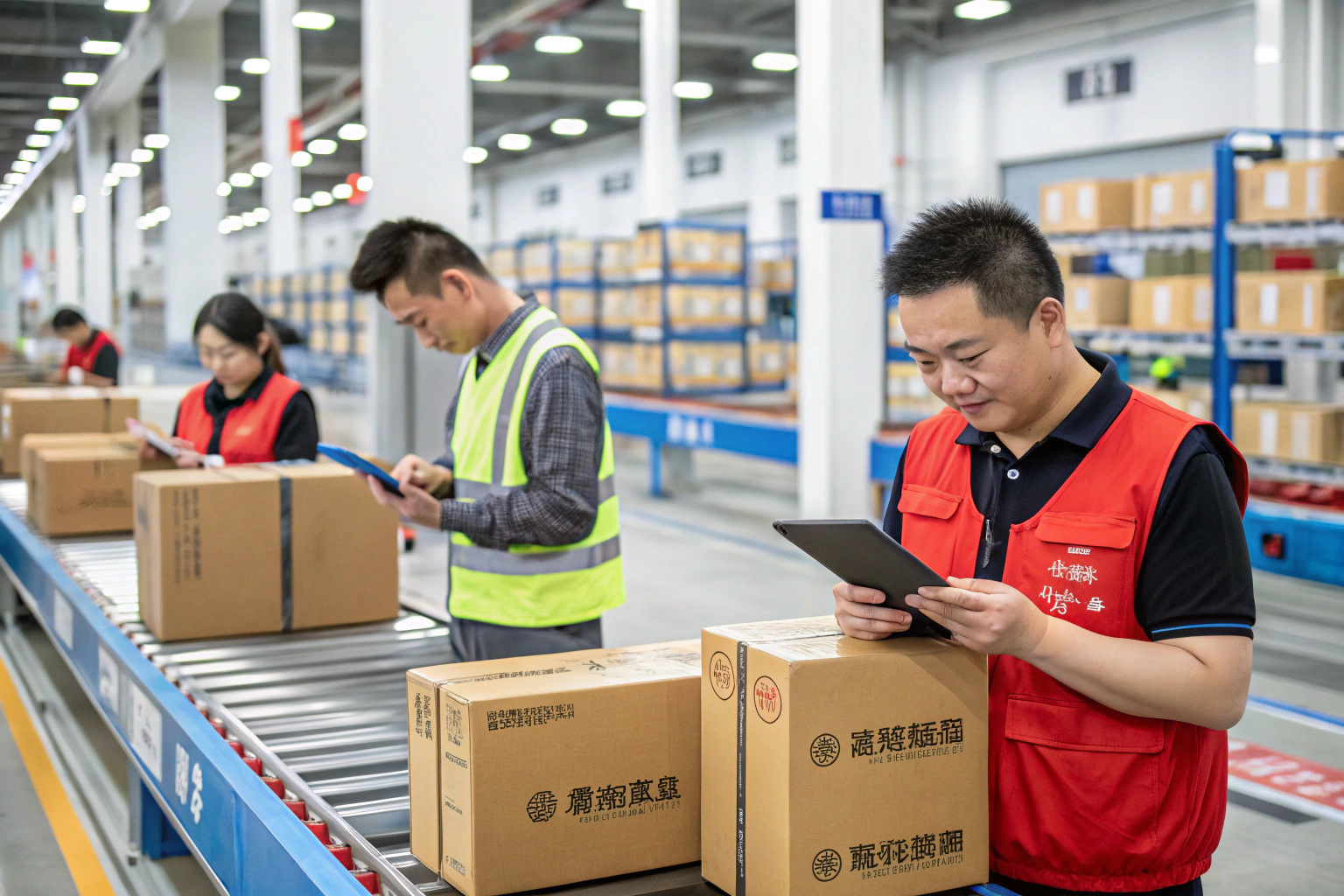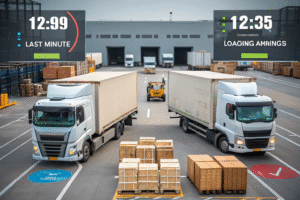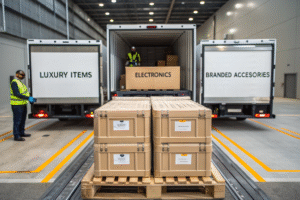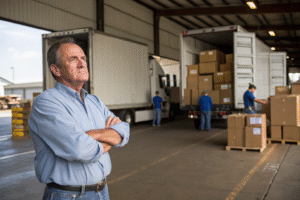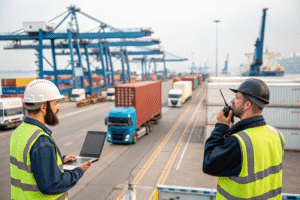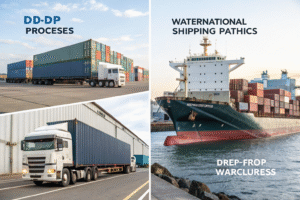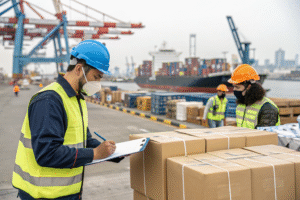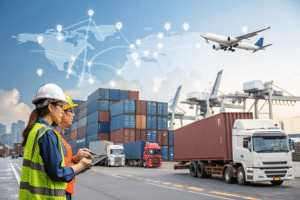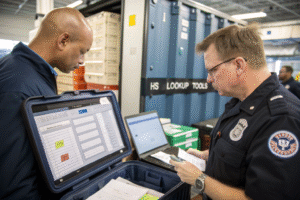E-commerce is booming, and fast shipping is now the norm. But behind every smooth delivery from China to the U.S., there's a hidden system making it happen. When Ron, a U.S. e-commerce business owner, started sourcing accessories and apparel from Guangzhou, he quickly learned that managing shipping, customs, and delivery on his own was overwhelming. That’s when he turned to freight forwarders like us to streamline his logistics.
Freight forwarding for e-commerce businesses involves handling international shipping, customs, warehousing, and last-mile delivery using efficient and cost-effective systems tailored for fast-moving, high-volume orders.
As the owner of GeeseCargo, I’ve seen firsthand how e-commerce brands scale faster when they partner with experienced forwarders who understand the rhythm of online retail. In this article, I’ll explain how the freight forwarding process works for online sellers and what steps we take to ensure every parcel moves quickly and securely.
What Shipping Solutions Fit E-commerce Supply Chains?
For e-commerce, speed, accuracy, and price are everything. Traditional freight doesn’t always match the needs of fast-paced online retail. That’s why we offer customized shipping solutions for B2C and D2C business models.
We offer e-commerce sellers multiple logistics options such as express air freight, economy air, DDP door-to-door, and ePacket-style consolidation to match delivery time, cost, and customs preferences.
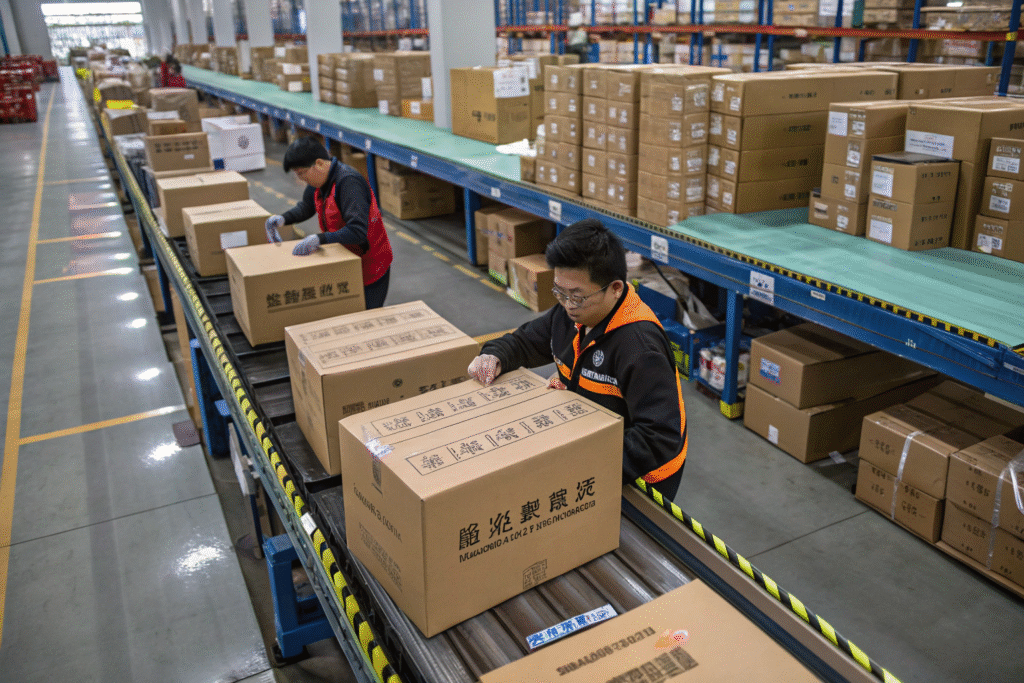
What Freight Modes Are Best for E-commerce?
Depending on your volume and urgency, we recommend:
| Shipping Mode | Delivery Time | Best Use Case |
|---|---|---|
| Express Air Freight | 3-5 days | Urgent small parcels |
| Economy Air Freight | 7-10 days | Medium-priced items |
| DDP Sea Freight | 20-30 days | Large quantity, lower value |
| Postal Logistics | 10-15 days | Low-cost, lightweight items |
We helped Ron shift from express-only to a hybrid model using both DDP sea freight for restocking and air freight for top sellers. This lowered costs by over 30% in Q1.
How Do You Choose the Right Route?
We analyze your SKUs, shipping frequency, warehouse location, and peak seasons to select the most efficient and cost-friendly logistics plan.
How Do Freight Forwarders Handle Customs for E-commerce?
Customs clearance can become a major bottleneck, especially when shipments involve hundreds or thousands of small packages. E-commerce requires a smarter, consolidated approach.
We simplify customs for e-commerce clients by using bulk declarations, DDP shipping terms, and pre-cleared HS codes, ensuring your goods don’t get stuck at borders or face surprise charges.
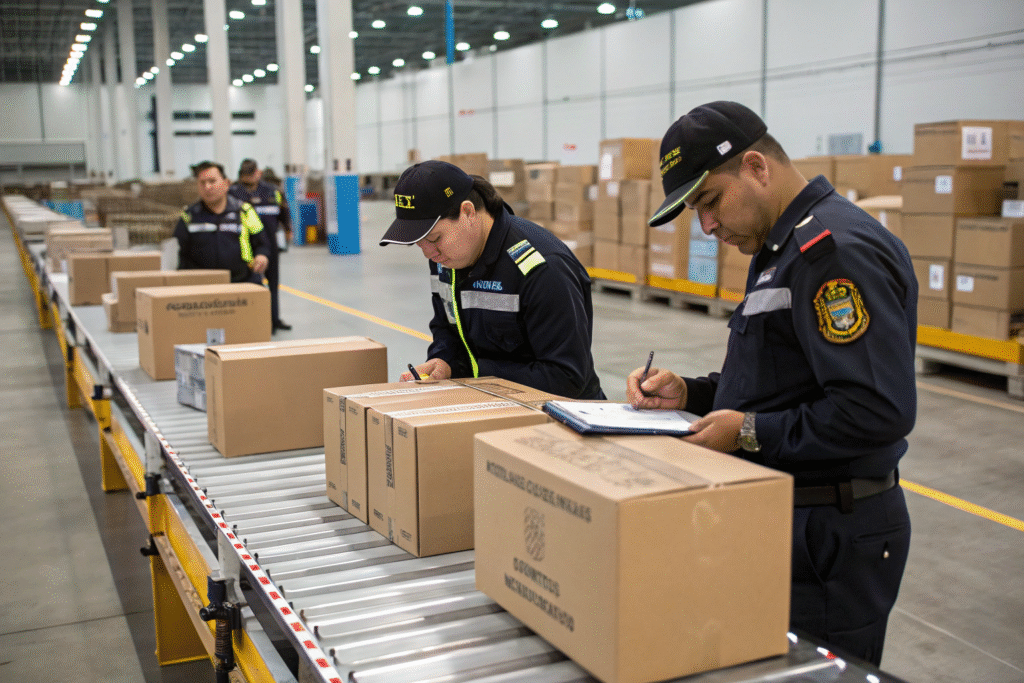
How Does DDP Simplify E-commerce Importing?
Delivered Duty Paid (DDP) means we take care of duties, taxes, and clearance—all included in one quote. This:
- Avoids delays at U.S. customs
- Reduces paperwork
- Offers full landed cost transparency
- Speeds up delivery to 3PLs or FBA centers
Ron uses our DDP shipping to avoid customs issues with his Shopify store’s bulk orders, and this keeps his fulfillment running smoothly.
What Documents Are Required?
For e-commerce freight, we handle:
- Consolidated commercial invoices
- Pro forma invoices for dropshipping
- Accurate HS code declarations
- Tax ID / EORI number submission (if needed)
Our in-house team works with U.S. customs brokers to make sure there are no surprises.
What Role Do Warehousing and Fulfillment Play?
Warehousing is where e-commerce fulfillment either thrives—or breaks down. You need the right goods in the right place, ready for fast pick-pack-ship workflows.
We support e-commerce clients with origin and destination warehousing, prep for FBA compliance, returns management, SKU labeling, and carton-level inventory accuracy.
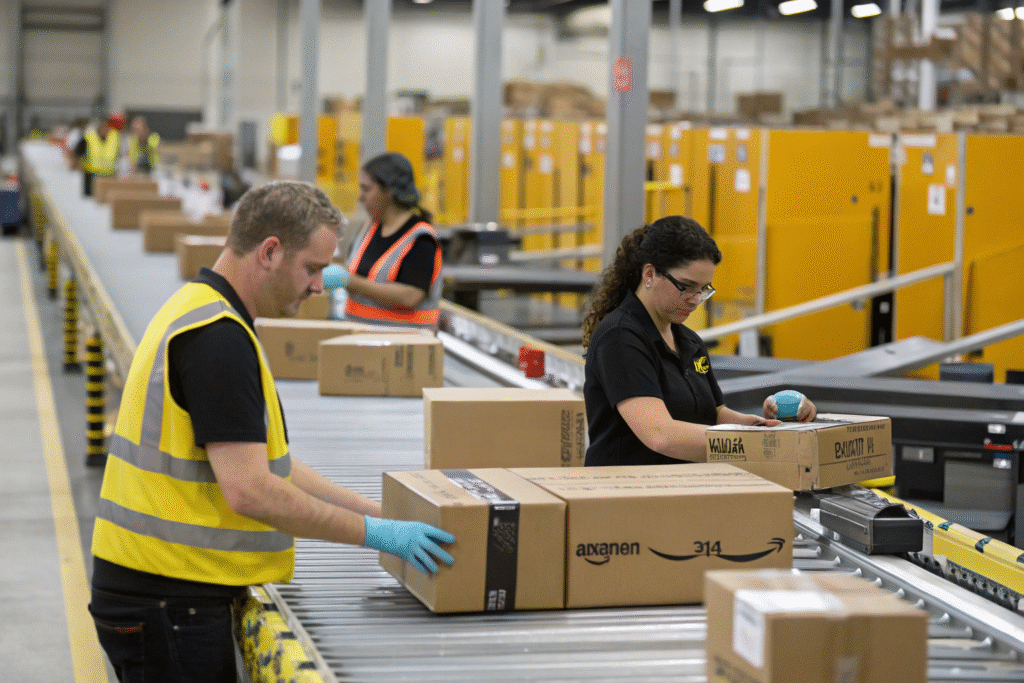
Can Forwarders Prep Goods for Amazon FBA?
Yes. We help with:
- Carton labeling and barcoding
- Palletization to Amazon specs
- Appointment booking with U.S. FCs
- ASN file coordination with Amazon
Ron once had a full container of goods returned because the pallet height didn’t match Amazon’s rules. Since then, we handle all his FBA prep—no more costly returns.
What If You Have a U.S. 3PL?
We coordinate shipments directly to your 3PL warehouse and provide:
- Real-time tracking
- Pre-arrival notifications
- Unloading instructions and paperwork
- Returns or restocking support
Whether your 3PL is in LA, New Jersey, or Dallas—we help you stay organized.
How Is Inventory Tracked and Monitored in Transit?
Tracking is everything in e-commerce. Your buyers expect fast and reliable updates—and so do you. We provide real-time inventory movement data from factory to final delivery.
We use advanced tracking systems to give e-commerce sellers full visibility into shipping milestones, customs progress, and last-mile delivery statuses.
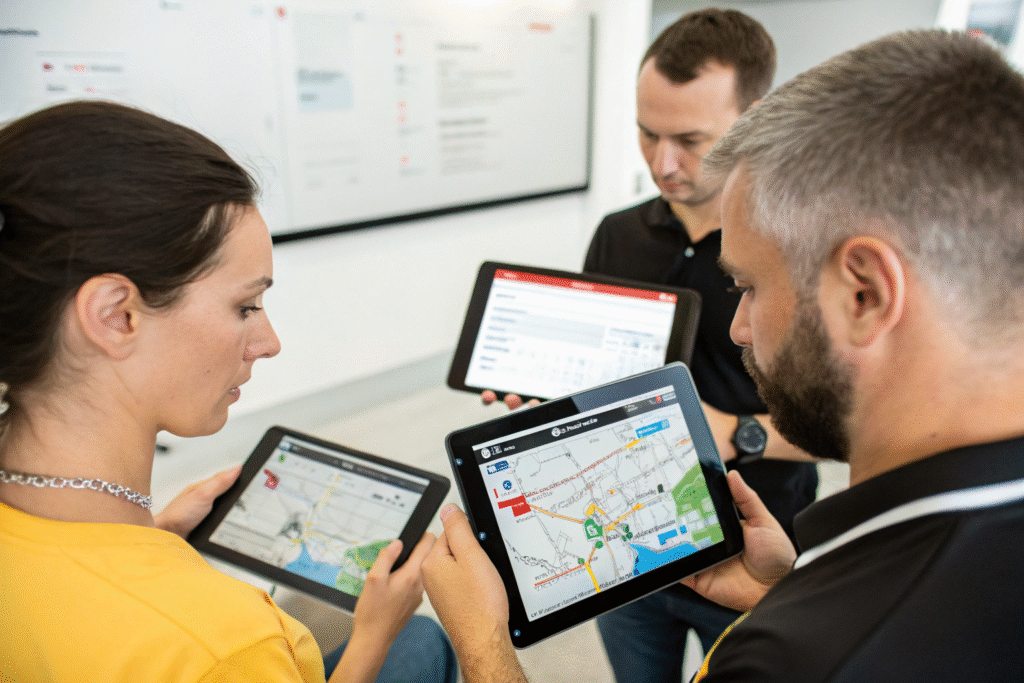
What Can You Monitor?
- Factory pickup times
- Port departure and arrival
- Customs clearance status
- Last-mile handover or delivery
We integrate with shipping dashboards like AfterShip and Orderhive. This means Ron always knows where his shipments are—so he can sync Shopify orders accurately.
What Happens If Delays Occur?
We send alerts and offer:
- Rerouting options
- Carrier escalation
- Partial delivery release
- Backup inventory suggestions
Delays are inevitable in logistics. But your customers shouldn’t have to suffer.
Conclusion
Freight forwarding is the invisible engine behind successful e-commerce growth. At GeeseCargo, we tailor every shipping plan to match your online business’s needs—balancing speed, compliance, and cost. Whether you're just launching a store or scaling to 1,000+ orders a week, we help you move smarter, faster, and more profitably. Let's grow your business—one efficient shipment at a time.
